Years ago, Malaysia was declared the most child-friendly faraway destination for international travelers. Since then, Malaysia has consistently appeared on lists of great travel destinations that are suitable for (young) children. Why? It is a combination of reasons that we will list below:
1. The healthcare system is (very) well organized
Everywhere you go, there are so-called Kliniks—general practices for a first visit if you need one. There are also large public hospitals with excellent care, and you can go there for any issue. Additionally, there are many private hospitals where you pay more, but the care is faster and often feels more like a luxury 5-star hotel.
2. It’s a safe country
Malaysia is one of the most developed countries in Southeast Asia. No stress on the road—just helpful locals who are friendly (but not overly so). In some other faraway destinations, we sometimes get a bit suspicious if someone seems too eager to help. There’s also little to worry about in big cities, even late at night. Plus, English is widely spoken, so communication is easy.
Are the kids a bit older and have their own phone? Then you can buy a local SIM card for next to nothing, and they’ll always be reachable. Perfect for when they want to explore a shopping mall while the parents relax nearby.
3. Great public transportation and excellent infrastructure
Malaysia has an extensive public transportation network. Buses, minibuses, and taxis are everywhere. You can book a taxi easily, quickly, and affordably via Grab—no haggling required. There are also trains and domestic flights for longer distances, all modern and reliable. For the best prices and availability, it’s best to book train, bus, or flight tickets in advance.
Driving a rental car is also very doable. It’s a great way to travel independently, especially with small children, and gives you the freedom to take breaks whenever you want or stop for sightseeing along the way.
Thanks to this great infrastructure, you can visit a lot of the country’s highlights in a short amount of time. That makes it perfectly doable to explore Malaysia in, say, two weeks.
4. Many fun attractions and activities for children
Malaysia has over 100 great destinations you can include in your itinerary, and almost all of them offer something fun for children. Whether you go snorkeling on the Perhentian Islands, take the Panorama Cable Car on Langkawi, or go on a guided jungle hike or river cruise—there’s something for everyone.
There are also amusement parks, water parks, and tons of other fun things to do with kids.
We often go bowling at a bowling alley with over 100 lanes—always a hit! Or catch a movie at one of the many luxury cinemas. For younger kids, you’ll find those soft play areas (bouncy castles, ball pits, etc.) often in shopping malls, so parents can take turns shopping.
Sometimes, it’s the simple things that are the biggest hit. In central Kuala Lumpur, there’s the beautiful KLCC Park with a big public children’s pool. Our kids have spent hours (or days!) there over the years. In the evening, there’s a lovely fountain show at Suria KLCC.
5. Lots of variety in food and drink
Some kids love everything, others are super picky—Malaysia works well either way. Visit a food court, and you’ll always find something for them. Some food courts have over 100 stalls, so even just walking around and picking something is fun. And aside from local food, there are plenty of Western options too. You can always get a burger and fries if needed. If nothing works, grab tomatoes, cucumbers, fruit, or other snacks from a supermarket. In the early years, we even brought our own food containers.
6. Affordable accommodations
Traveling with a family can get expensive—especially with older kids who need their own beds. You often end up booking adjoining rooms or big family suites, which can be pricey. But Malaysia has some of the world’s lowest hotel room rates, especially in cities and tourist hotspots.
You’ll find great family-friendly hotels and resorts—like Shangri-La Golden Sands in Penang or Pelangi Beach Resort in Langkawi—that offer lots of extras for kids (some even have entertainment programs).
You’ll also find loads of private apartment rentals, including luxurious two- or three-bedroom places with full kitchens, multiple bathrooms, and rooftop infinity pools with amazing views. Since discovering Airbnb, we rarely book anything else. In central Kuala Lumpur, you can stay in Bukit Bintang (within walking distance of everything) for less than €75 a night—and often for even less.
7. Also great for traveling with babies
Anything you need on the road is easy to find in Malaysia. The supermarkets (even in smaller towns) are modern and well-stocked with baby products. Most hotels offer baby cots (just request in advance), and you can bring a baby carrier for convenience. Restaurants and hotels usually have high chairs, and some even offer coloring sheets and crayons. Public toilets (even at highway rest stops) usually have changing tables and are generally clean.
8. Malaysian Borneo is also a great option
Malaysian Borneo is another fantastic place to visit with kids. A trip to the Kinabatangan River is a popular adventure in eastern Sabah. The region has developed a lot in recent years, and many nature parks are accessible and well maintained. Healthcare is also available if needed. Cities like Kota Kinabalu are perfect as a base for exploring Borneo with children.
There are also two orangutan rehabilitation centers—one in Sabah and one in Sarawak—which are easy to visit and a great chance to see these amazing animals in the wild.
Do note that malaria occurs in some parts of Borneo, so check with your local health authority for the latest advice before traveling with small children.
9. Slow travel is perfectly doable in Malaysia
Almost every destination has enough to keep you busy for days. Even in a big city like Kuala Lumpur, we easily spend a week just relaxing by the pool and keeping a light schedule.
In other destinations, you can also stay longer—like five days or more—and reduce travel days, which is less tiring for little ones. We often pick just a few main destinations and explore the surrounding areas by rental car or Grab taxi.
10. Adventure and children go well together
Many destinations in Malaysia are well organized and maintained. There are several nature parks on both the Malay Peninsula and in Borneo, with hiking trails and wooden walkways—great for kids. Some jungle trips are boat-based, and everyone gets a life jacket.
On the tropical islands, there are many dive schools that offer snorkeling trips or Discovery Dives for kids. They have child-sized equipment and always prioritize safety during the trips.
11. Great to visit year-round
Malaysia is a great year-round destination. From November to March, the east coast of the peninsula has monsoon season, so some islands may be closed. But you can still visit Langkawi, Penang, or Pangkor, or even hop over to Koh Lipe in Thailand from Langkawi.
The rest of Malaysia—including Borneo—can be visited year-round.
Tips
- Don’t be afraid to stop by a Klinik if you have any problems. It’s better to take action right away than to wait. You can easily search for “klinik” on Google Maps, and you’ll always find a few in the area. A simple consultation often only costs a few dollars, so there’s no need to figure out how to claim it back first.
- Decathlon has a great assortment of UV swimwear — a must when traveling with small children.
- A couple of times a year, you can find great deals on sunscreen. Choose a version without harmful substances, and preferably not too high a protection factor, so you have to reapply it more often (which is actually better, because you’re less likely to miss a spot).
- Also, be prepared for things to go wrong sometimes. We always book a few days in Kuala Lumpur upon arrival. If something happens to the luggage, we can wait for it to be delivered. We also keep all our essentials in our hand luggage, so we can get through the first few days if something goes wrong. Most things can also be bought in Malaysia anyway.
- When renting a car, make sure it’s a modern one — usually automatic and fully equipped. GPS can be added as an option, but we always just use a local SIM card in our phone and rely on Google Maps. If needed, we buy a phone holder for the air vent. You can rent car seats, but that’s often more expensive than bringing your own (many airlines allow free check-in for car seats). It does require a bit of logistical planning, but we always leave the seat in Malaysia when we leave. By the way, driving on the left is totally normal in Malaysia.
- Make sure you have enough DEET. There’s a natural version, but it’s usually less effective. Some travelers are now also advised to get the Dengue vaccine before departure — especially for vulnerable groups or people who’ve had Dengue before.
- We also brought a buggy a few times. The kids were a bit too big for the baby wrap or back carrier but still got tired on longer walks. Just note that Malaysia (like much of Southeast Asia) isn’t really buggy- or stroller-friendly. Honestly, it might be better to leave it at home — even though you can take one on the plane for free. Instead, bring a “Kids Carrier” — a backpack-style carrier that works for kids up to about 5 years old.
- Almost all destinations in Malaysia are great with (young) children — especially: Kuala Lumpur, Malacca, Pangkor Island, Penang Island, Langkawi Island, Ipoh, Cameron Highlands, Taman Negara, Genting Highlands, Port Dickson, Johor Bahru (including Legoland and Hello Kitty Land), Singapore, Tioman Island, Redang Island, Perhentian Island, and Royal Belum.
- You’ll find modern supermarkets all over Malaysia with lots of imported (luxury) products. There’s also a wide selection of diapers, so you don’t need to bring too many from home. Besides diapers and baby food, you’ll find plenty of familiar products — chocolate spread, peanut butter, breakfast cereals, yogurt, muesli, fresh bread, savory spreads, and more.
- There are plenty of amusement parks and water parks in Malaysia. These include The Lost World of Tambun (Ipoh), Sunway Lagoon and Berjaya Times Square Theme Park (Kuala Lumpur), Legoland and Hello Kitty Land (Johor Bahru), SkyWorlds Theme Park (Genting Highlands), and ESCAPE Water Park (Penang).
- Malaysia is a predominantly Islamic country, but there are three major population groups (Malay, Chinese-Malay, and Indian-Malay), each with their own customs and traditions. Western tourists don’t need to worry much about local etiquette. The stricter Islamic rules only apply to Muslims, although you may be asked to wear a robe when visiting a mosque. Bikini, swimming trunks, kids running around with bare bellies? Totally fine.
- Airbnb isn’t available in some places. Also, a family room at a resort is often more expensive than two separate rooms. We sometimes book two rooms — one child sleeps with each parent.
- Our Facebook group “Friends of Malaysia” is a great place to ask questions about your upcoming trip — either in advance or on the go.
- Each year, a few weeks are dedicated to Ramadan in Malaysia. Muslims observe this period strictly, and in areas with a large Muslim population, restaurants may be closed during the day. On one hand, it’s a peaceful and quiet time to visit, but on the other, it’s also a really special experience. While many Muslim-run places are closed during the day, Chinese-Malay, Indian-Malay, and international restaurants stay open as usual. The whole country is nice to visit during Ramadan, but you’ll feel the impact more along the east coast of the peninsula, where the Muslim population is larger.
- Try to book attraction tickets in advance via Klook.com. It saves you time in queues (sometimes a lot!) and is often cheaper than buying on the spot. For weather-dependent activities, book with free cancellation or flexible dates.
- The best snorkeling islands with crystal-clear water are Perhentian, Redang, and Tioman — all along the east coast. They’re perfect places to chill out and do absolutely nothing for a few days. Great spots for families to take a break between busier stops.
- A visit to one of the “Turtle Islands” is a truly unique experience. There are several in Malaysia where you can book an overnight tour (usually 2 days, 1 night). You’ll be woken up at night when turtles come ashore to lay their eggs — and you might even get to release baby turtles.
- Don’t trust the weather apps too much. Malaysia is a tropical country, so it rains often and hard — but usually only briefly. Most rain comes in short bursts, often in the late afternoon. Sometimes it rains at the same time every day (like 4:30 PM), sometimes at night, sometimes randomly. All-day rain is rare, but it can happen. It doesn’t have to ruin your trip though — we always keep some indoor activities (cinema, bowling, shopping, aquarium visits) in our back pocket for rainy days. Sometimes it’s already raining at breakfast, so you know what’s coming.
- Want easy snorkeling without a long boat ride? Stay in Kota Kinabalu (in Sabah, Borneo — no malaria concerns) and visit Tunku Abdul Rahman Marine Park. These small paradise islands are just a 10-minute boat ride from the city.
- The best way to explore Kuala Lumpur? A guided bike tour with MikeBikes. They use Dutch-imported bikes and also have child seats and kids’ bikes. It’s a great way to see the highlights quickly. We’ve done the tour (without kids), and we’ve only ever heard great things about it.
Suggestions?
Got any good tips to share with us? Do you know of any great things to do in Malaysia, or tips on the best places to eat? Let us know by leaving a reply below or join our private Facebook Group Friends of Malaysia.
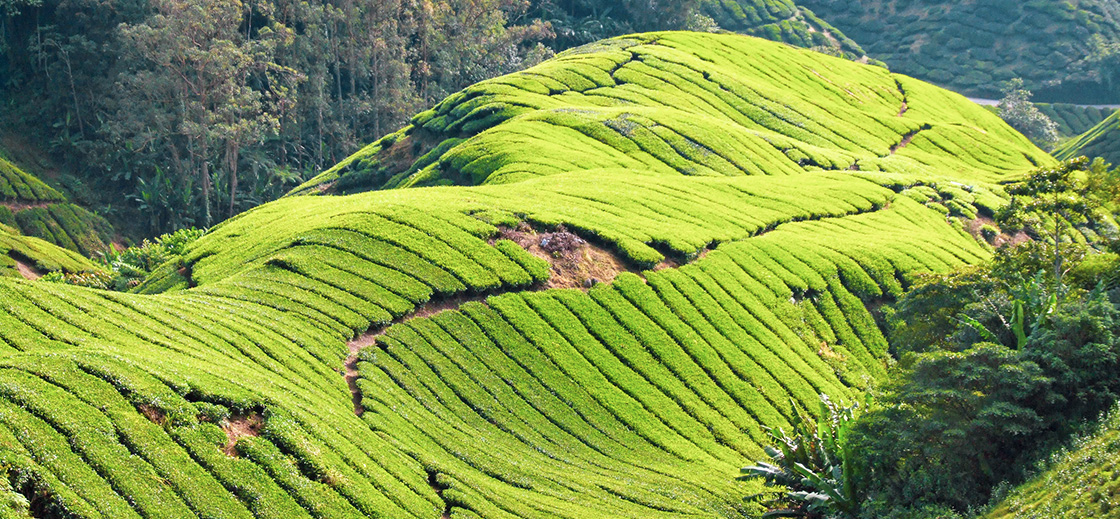
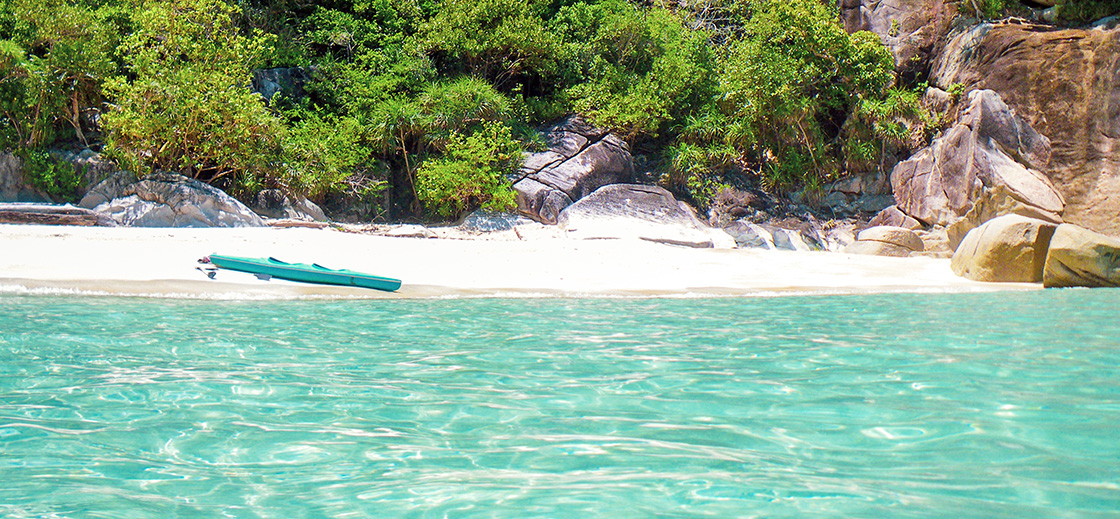
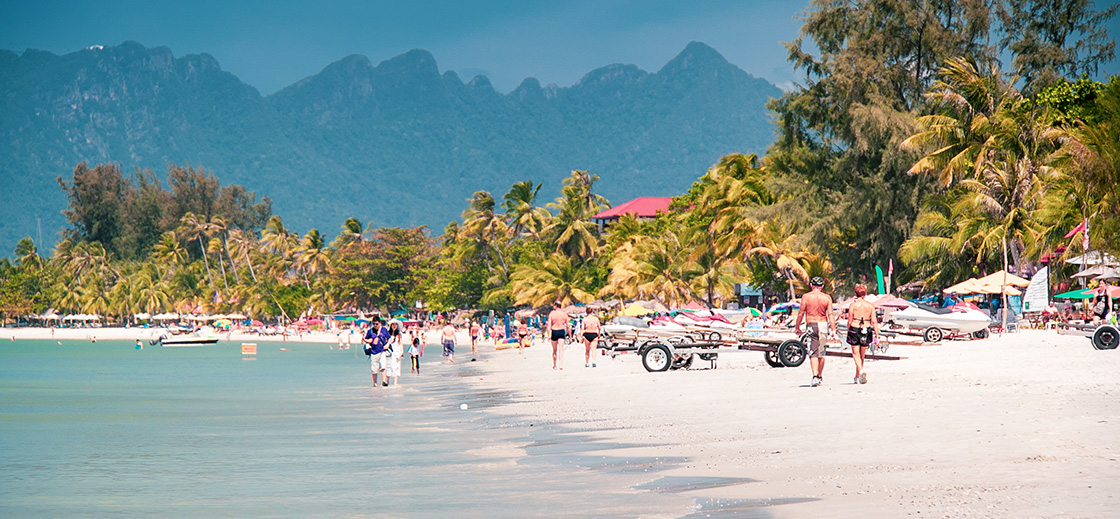
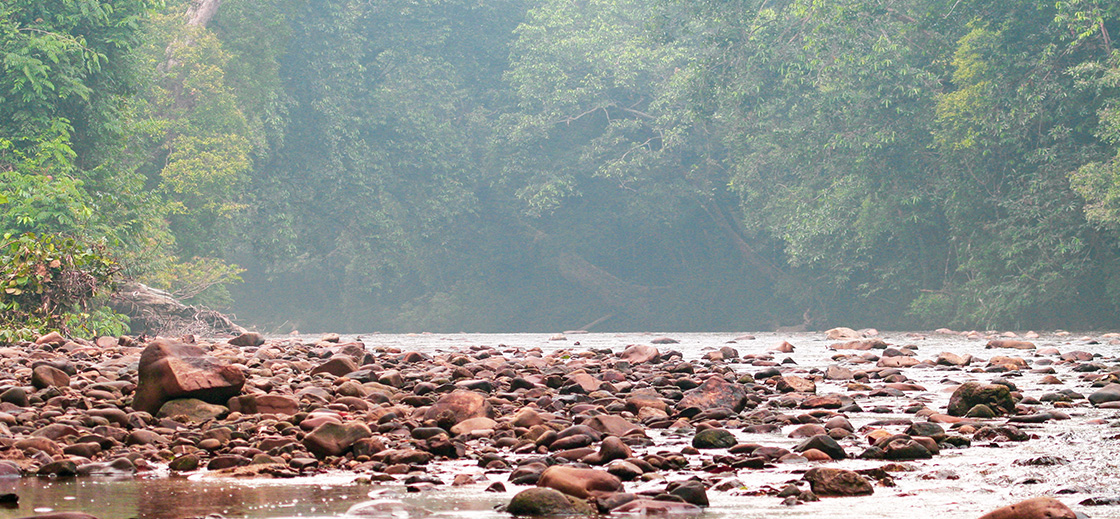
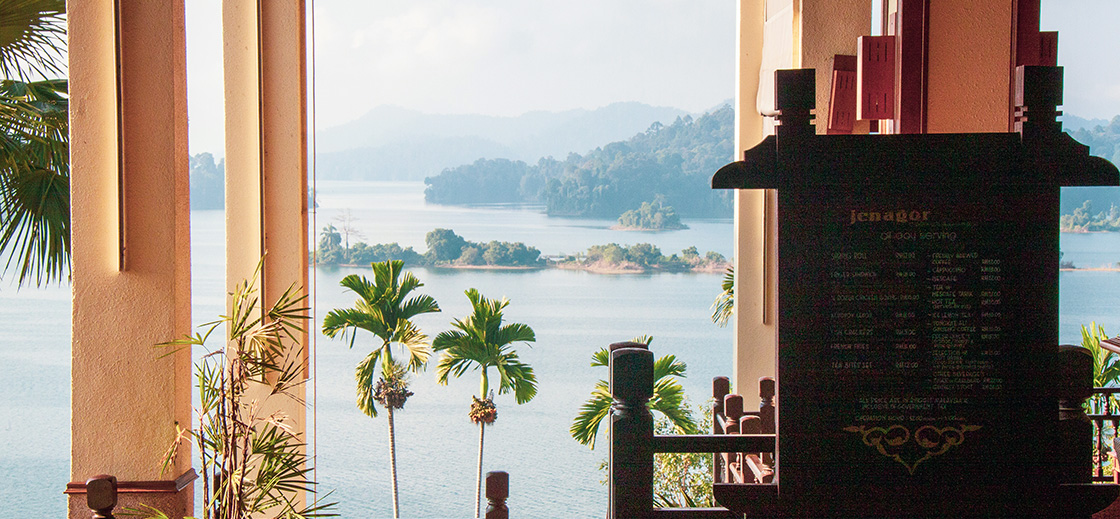
Geometry Dash
7 months ago
May 14, 2025 at 9:27 am
Malaysia truly stands out as a top destination for families seeking a blend of adventure, culture, and relaxation. From the bustling streets of Kuala Lumpur to the serene beaches of Langkawi, there’s something for every age group.
World Guesser
6 months ago
June 16, 2025 at 7:12 am
world guesser is perfect for anyone who loves travel and geography quizzes.
block blast
4 months ago
August 22, 2025 at 6:21 am
That makes sense. Malaysia really does sound like a wonderful place for families to visits.
annawonka
3 months ago
September 23, 2025 at 2:14 pm
Malaysia sounds like a dream destination for families—safe, well-connected, full of kid-friendly activities, and surprisingly affordable. Perfect for traveling Take Care Of Shadow Milk with both older kids and babies!
Emily Miller
2 months ago
September 29, 2025 at 9:15 am
Its unique gameplay and musical components are Geometry Dash Lite is main features. An exciting experience for those who enjoy rhythm and movement, the soundtrack seems to fit every jump, spike, and struggle.
Diane Reese
2 months ago
September 29, 2025 at 9:17 am
Discover the enthralling YoPlay games that have held players’ attention for years. No downloads or fees, just quick action whenever you want.
blockblast
2 months ago
October 8, 2025 at 9:21 am
I love how comprehensive this Malaysia guide is—from healthcare to food to beaches. Parents can feel confident taking kids anywhere, which is crucial.
And for downtime between activities, kids might enjoy a fun block-merging challenge, letting them relax while still keeping their minds active.
football bros
2 months ago
October 8, 2025 at 9:23 am
It’s great to see how many attractions Malaysia offers for children of all ages, from snorkelling to turtle releases. For slightly older kids who want some indoor fun, this unblocked football game could be perfect—a quick and safe way to play anywhere, even while traveling.
baseball bros
2 months ago
October 8, 2025 at 9:25 am
Malaysia really seems like a dream destination for families, with its safe cities, excellent healthcare, and so many attractions for kids—from amusement parks to jungle hikes.
For a bit of downtime after a busy day of sightseeing, older kids might enjoy this unblocked baseball game—easy to play anywhere and a fun way to keep them entertained.
royaledle
2 months ago
October 8, 2025 at 9:26 am
This guide really highlights how Malaysia balances adventure and safety for children. From jungle hikes to amusement parks, there’s so much for kids to do.
It reminds me of royaledle, where strategy and guessing skills are key—similar to planning a family trip that keeps everyone engaged and happy!
twoofoureight
2 months ago
October 8, 2025 at 9:32 am
Malaysia sounds like such a perfect destination for families with kids! Between the easy public transportation, fun attractions, and great infrastructure, you can plan everything efficiently. When the kids need a short break from sightseeing, they could also enjoy a relaxing 2048 puzzle game—a fun way to keep them entertained indoors.
timestamp
2 months ago
October 23, 2025 at 10:43 am
Malaysia really seems like a perfect family-friendly destination! For anyone planning travel itineraries, I’ve found timestamp converter super useful to coordinate flights, train departures, and local tours across multiple time zones. It makes managing activities with kids so much easier.
cupcake
1 month ago
October 28, 2025 at 4:06 am
Love how thorough this guide is—especially the tips on public transportation and kid-friendly activities. Between travel days, a quick game at Cupcake 2048 is a fun way to unwind with the family.
wordle infinite
1 month ago
October 28, 2025 at 4:07 am
Great advice on accommodations and flexibility with babies—so important for stress-free travel! If you enjoy short brain teasers while waiting in queues, Wordles unlimited unblocked is really engaging.
sprunky
1 month ago
October 28, 2025 at 4:08 am
The snorkeling and turtle release experiences sound magical! Perfect for a mix of relaxation and adventure. When you have some downtime at the hotel, Sprunky is addictive and fun for all ages.
outspell
1 month ago
October 31, 2025 at 10:47 am
Malaysia sounds like an amazing family-friendly destination! I love how detailed your tips are for traveling with kids, from healthcare to attractions and food options. While planning a future trip there, I also took a short break playing Outspell, a fun word spelling game that keeps your mind sharp.
Speed Stars
1 month ago
October 31, 2025 at 10:48 am
This is such a thorough guide for families visiting Malaysia! I especially love the advice on slow travel and exploring both the cities and islands with kids. After reading all these great tips, I like to refresh with Speed Stars Unblocked, a fast-paced rhythm running game that’s both fun and energizing.
wordle infinite
4 weeks ago
November 9, 2025 at 1:24 pm
Malaysia really does sound like a perfect family destination! After reading this, I can’t wait to plan a trip there. When I need a fun mental break during trip planning, I love playing Wordle Unlimited Unblocked to sharpen my mind and relax.
wordle solver
4 weeks ago
November 9, 2025 at 1:24 pm
Wow, this guide is packed with practical tips! I especially appreciate the advice for traveling with babies. For some light, casual gaming while on the road, I often play Wordle Helper—it’s a great way to challenge myself in short bursts.
cupcakes
4 weeks ago
November 9, 2025 at 1:25 pm
Incredible detail on attractions and logistics! For a quick, relaxing diversion after a long day of reading travel guides, 2048 Cupcakes is perfect—easy to pick up, fun to play, and surprisingly addictive.